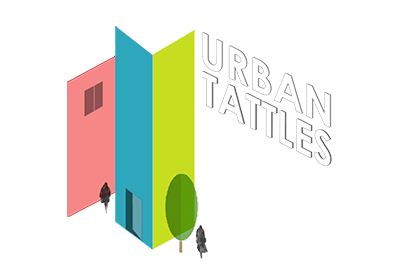
Photograph: Darshit Nakrani
"There is a moving palace that floats in the air with balconies and clear water flowing through, infinity everywhere, yet contained under a single tent..." - Rumi
This world that Rumi had experienced in the 13th century Bagh-e-Fin, has come to life in the heart of Central London at Jellicoe Gardens. In this enchanting heaven, water flows through the orchard, tracing the footsteps of Rumi’s imagination and mirroring the infinity he envisioned under the tent. Pathways emulate the Islamic concept of paradise on the Earth. While the calmness experienced under the dappled shade of the green foliage transports you back in time. If you stay a little longer in the abyss of Jellicoe Gardens, you could hear faint echoes of medieval Persia intertwining with London’s urban rhythm.
History of Jellicoe Gardens
Opened in November 2021, Jellicoe Garden is a tribute to Sir Geoffrey Jellicoe, a multifaceted visionary – an architect, a town-planner and a garden designer, who campaigned to save St. Pancras Station and the adjoining derelict industrial area from demolition. At an urban scale this garden is an extension of the series of Islamic Gardens developed by the Aga Khan Centre at London’s Kings Cross. You can explore Islamic gardens by booking a tour with the Centre.
Mindfulness in the Garden
The design of Jellicoe garden is guided by the principles that Sir Geoffrey Jellicoe held dear. Ideas, culture and philosophy have been employed to curate a mindful experience that enchants all your senses. From the moment you step into this urban oasis, the city’s cacophony fades away into gentle rustling of flowers and soft trickling of water. Swathes of colours, textures and drama, infused by Tom-Stuart Smith and Townshend Landscape Architects’ English-style meadow plantings provide a sanctuary for thoughts. While the fragrance of nectar-rich plantings offers a much-needed escape from the daily grind. Stand still and hear the buzzing of bees or feel the textures of leaves, trees and pavers.
If that isn’t enough, find yourself a bench to sit down on. Notice the interplay of lights and shadows. Observe the reflection of the sky in flowing water. And let your eyes wander to Jellicoe Gardens’ well-kept secret: a pavilion that recalls Isfahan’s rich architectural heritage.
Glimpses of Medieval Persia
Serving more than just a spectacle, Bell Phillips Architects’ pavilion blends tradition and innovation. Forty slender bead-blasted stainless steel columns supporting a girih patterned jali is a modern interpretation of Chehel Sotoun’s Persian pavilion. So is the ingenious way in which the architects have incorporated framing to curate the experience of this Secret Garden in London.
This becomes more evident as you wander beneath the pavilion. The interplay of light and shadow reflecting on a bubbling fountain; the sounds of the water; and the gentle brush of a breeze feels like you are in a poem, where the verses are written in the language of landscape and the stanzas unfold beneath the dappled shadows of the trees.
And before you decide to step into your world. Look back at the way you have come thus far. The textures of the meadow. The sounds of rill. The colours of the flowers. The liveliness of life. The firmness of the bench. The shadow of the roof. The reflection of the light. And the calmness of your mind. It is in these moments of exploration and reflection that the designers have brought medieval Persia to London. And that is perhaps the beauty of Jellicoe Gardens. You aren’t just a spectator, but a subject of Rumi’s own verses.
